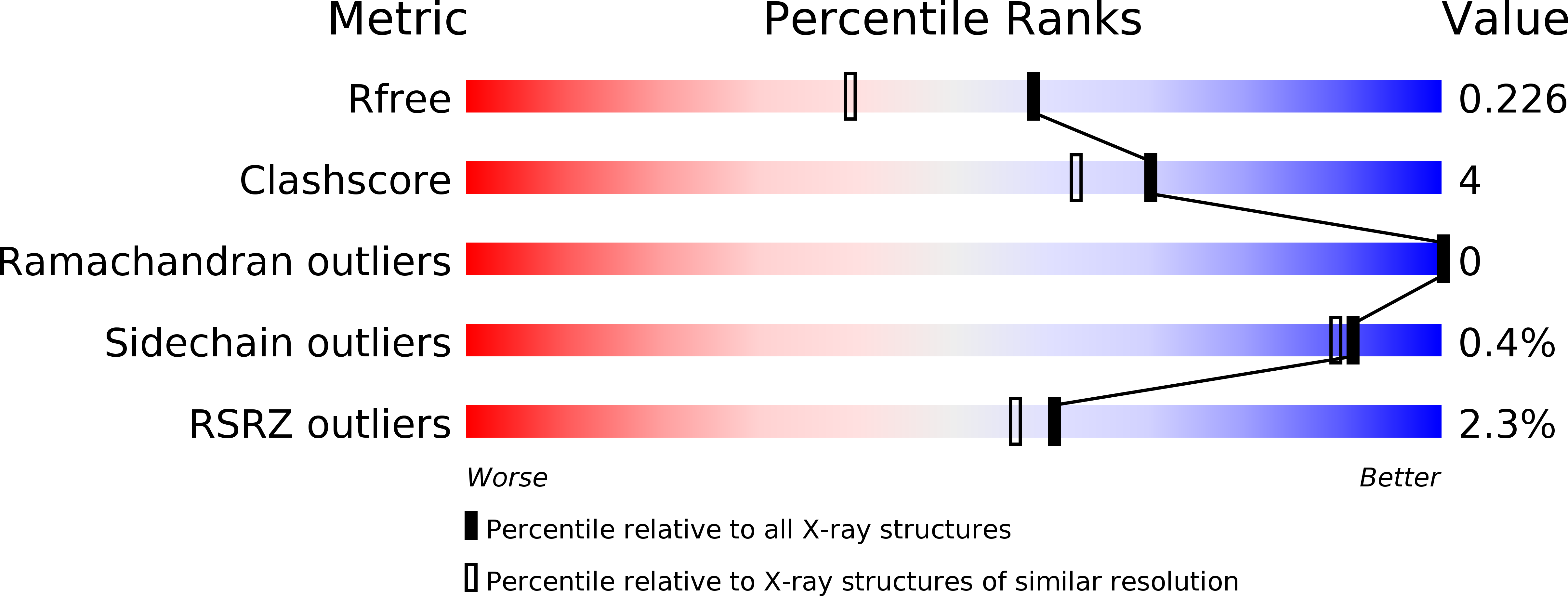
Deposition Date
2009-09-09
Release Date
2010-08-25
Last Version Date
2023-09-06
Entry Detail
PDB ID:
3JS1
Keywords:
Title:
Crystal structure of adipocyte fatty acid binding protein covalently modified with 4-hydroxy-2-nonenal
Biological Source:
Source Organism:
Mus musculus (Taxon ID: 10090)
Host Organism:
Method Details:
Experimental Method:
Resolution:
1.81 Å
R-Value Free:
0.22
R-Value Work:
0.19
R-Value Observed:
0.19
Space Group:
P 21 21 21


